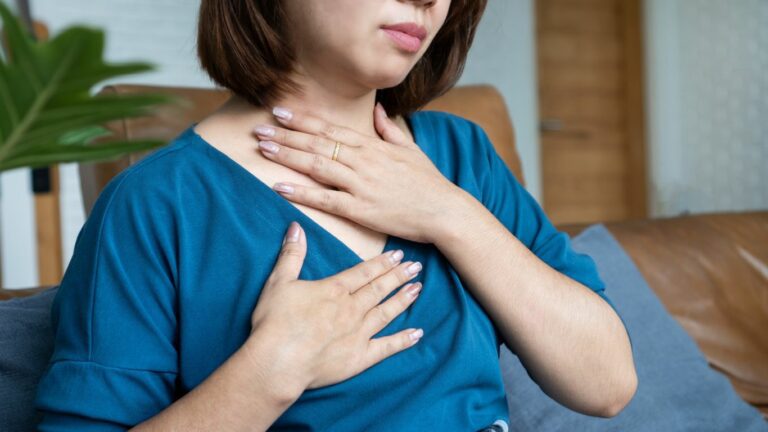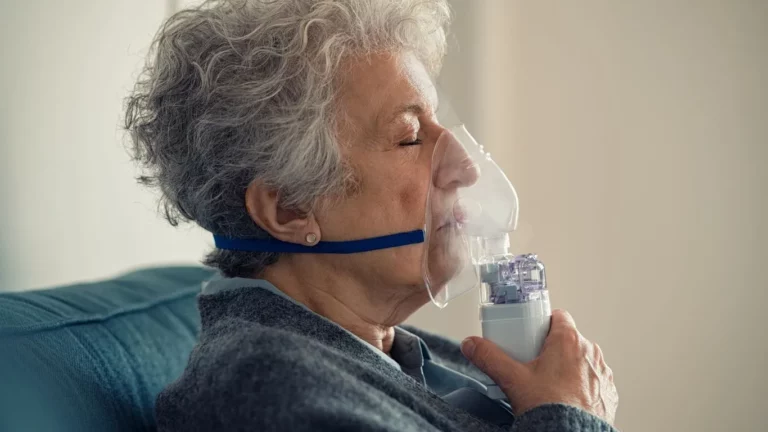Why GERD Flares Up After Spicy Ramen and How to Feel Better Fast
Spicy ramen is a favorite comfort food for many people. It’s rich, flavorful, and has that fiery kick that spice-lovers crave. But for some, that delicious bowl of noodles can lead to a burning sensation in the chest, bitter taste in the mouth, or an upset stomach afterward. If that sounds familiar, you might be experiencing GERD — gastroesophageal reflux disease — after eating spicy ramen.
Understanding GERD and Your Digestive System
GERD stands for gastroesophageal reflux disease. It’s a condition where stomach acid frequently flows back into the esophagus — the tube that connects your mouth to your stomach. This backward flow, or reflux, can irritate the lining of your esophagus and cause discomfort.
At the bottom of your esophagus is a muscle called the lower esophageal sphincter (LES). Think of it like a valve that opens to let food into your stomach and closes to keep acid and food from coming back up. When the LES is weak or relaxes at the wrong time, acid from your stomach can flow upward.
Normally, this valve works well. But in GERD, it’s not doing its job consistently, and that’s when symptoms start to show — especially after eating foods that trigger reflux, like spicy ramen.
How GERD Happens After Eating Spicy Ramen
Spicy foods, like the chili paste or hot oil often used in ramen, can irritate the digestive tract. They may also relax the LES, making it easier for stomach acid to escape upward into the esophagus. The high-fat ingredients commonly found in ramen, such as creamy broth or fried toppings, can slow digestion, which increases the chance of reflux.
When you eat a large, spicy meal, it can create pressure inside the stomach. This pressure can push acid back into the esophagus, especially if you lie down soon after eating. Some people are more sensitive to these effects than others, and over time, repeated reflux episodes can lead to GERD.
In short, spicy ramen may be the tipping point for people who are already prone to reflux. The combination of spice, fat, and portion size can trigger symptoms soon after the meal.
Common Symptoms of GERD After Spicy Ramen
If you’ve ever felt heartburn after a bowl of spicy ramen, you’re not alone. GERD can cause a variety of symptoms that show up shortly after eating spicy or acidic foods.
- Burning sensation in the chest (heartburn)
- Sour or bitter taste in the mouth
- Feeling like food is stuck in your throat
- Chest pain that gets worse when lying down
- Frequent burping or hiccups
- Chronic cough or sore throat
- Nausea or feeling too full after eating
These symptoms can vary in intensity. Some people might feel just a mild burning, while others could experience sharp discomfort or pressure. If symptoms happen more than twice a week, it might be more than just occasional heartburn — it could be GERD.
Don’t panic if it only happens once in a while. But if you notice it keeps happening after spicy meals, it’s worth paying attention.
Why Spicy Ramen Triggers GERD in Some People
Spicy ramen contains several ingredients that can increase the risk of reflux. Here’s how they affect your body:
- Chili peppers and hot spices: Can irritate the lining of the esophagus and stomach, especially in sensitive individuals.
- High-fat broths: Slower digestion can keep food in the stomach longer, which raises the chances of acid reflux.
- Large servings: Eating a big portion stretches the stomach and increases pressure on the LES.
- Garlic and onions: Common in ramen and known to trigger reflux in some people.
- Salt and soy sauce: High-sodium content may worsen reflux symptoms in certain individuals.
Everyone’s body reacts differently. Some people might tolerate spice well, while others have a lower threshold for irritation. Keeping a food journal can help you notice patterns and figure out which ingredients are causing trouble.
Try reducing the heat level or choosing milder broths to see if symptoms improve. Everyone deserves to enjoy their favorite meals — just with a few tweaks if needed.
When to Seek Help for GERD Symptoms
Occasional heartburn after spicy ramen isn’t usually a cause for concern. But if your symptoms become frequent, severe, or affect your quality of life, it’s time to talk to a doctor.
Watch for these signs that you should seek medical advice:
- Heartburn more than twice a week
- Trouble swallowing or pain when swallowing
- Unexplained weight loss
- Persistent cough, especially at night
- Chest pain not related to physical activity
- Vomiting or vomiting blood
Your doctor may recommend lifestyle changes, medications, or further testing like an endoscopy to check for damage to the esophagus. In some cases, untreated GERD can lead to complications like esophagitis or Barrett’s esophagus, so it’s best to address it early.
Don’t be embarrassed to bring it up — digestive issues are common, and your doctor is there to help you find relief.
Simple Tips to Enjoy Spicy Foods Without the Burn
If you love spicy ramen and don’t want to give it up entirely, here are a few practical ways to reduce your chances of GERD symptoms:
- Eat smaller portions and chew slowly
- Avoid lying down for at least 2–3 hours after eating
- Try a broth with less fat or dairy
- Limit or skip the spiciest toppings
- Drink water, not carbonated drinks, with your meal
- Keep a food diary to track triggers
You don’t have to cut out spice completely — just make mindful choices. Everyone’s tolerance is different, and a little trial and error can help you find your comfort zone.
If you’re unsure about your symptoms, or they’re interfering with daily life, reach out to your healthcare provider. Managing GERD is often about small, manageable changes that make a big difference.

Camellia Wulansari is a dedicated Medical Assistant at a local clinic and a passionate health writer at Healthusias.com. With years of hands-on experience in patient care and a deep interest in preventive medicine, she bridges the gap between clinical knowledge and accessible health information. Camellia specializes in writing about digestive health, chronic conditions like GERD and hypertension, respiratory issues, and autoimmune diseases, aiming to empower readers with practical, easy-to-understand insights. When she’s not assisting patients or writing, you’ll find her enjoying quiet mornings with coffee and a medical journal in hand—or jamming to her favorite metal band, Lamb of God.






